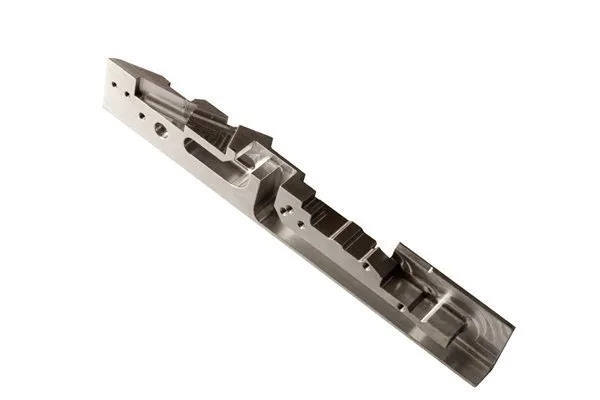Introduction
Imagine walking into a hospital and noticing the sophisticated machines and instruments that doctors and nurses use every single day. Everything from surgical tools to diagnostic devices has one thing in common: they have gone through a meticulous manufacturing process. One of the essential players in this arena is CNC (Computer Numerical Control) processing. This advanced manufacturing technique ensures that medical devices and instruments meet the precise standards required for patient safety and effectiveness.
But what does it take for CNC machining to thrive in the medical industry? Buckle up, because we’re about to dive into a captivating world where engineering meets healthcare. We’ll explore everything from the basics of CNC machining to its applications in medical technology, the challenges faced, and future trends—giving you a comprehensive view of why CNC processing is a game-changer in medicine.
What is CNC Processing?
Before jumping into its applications, let’s demystify what CNC processing actually means. At its core, CNC machining uses computerized controls to manipulate machinery in the manufacturing process. Picture a skilled artisan meticulously carving a piece of wood—now imagine that artisan replaced by a computer. The CNC machine executes precise cuts and arrangements, ensuring that every part is made to exact specifications.
CNC processing involves various operations such as milling, turning, and drilling. It’s like having a Swiss Army knife that can handle multiple tasks, all while maintaining accuracy and efficiency. This is particularly crucial in the medical field, where even minor errors can lead to significant implications for patient safety.
Why CNC in the Medical Industry?
Here’s why CNC processing is indispensable in the medical sector:
Types of CNC Processing in Medical Manufacturing
CNC processing has several applications within the medical field. Let’s explore some of the popular types:
Surgical instruments are often crafted from materials like stainless steel or titanium and require careful machining to ensure they are safe for patient use. CNC machines create surgical tools with precise edges and cuts that allow for maximum functionality. Think of surgical instruments as an artist’s brush, where every stroke must be intentional and perfect.
Customization is key when it comes to implants and prosthetics. Every individual’s anatomy is unique, and CNC processing offers the ability to tailor devices specifically for patients. This bespoke approach helps in achieving better fit and comfort—much like how a tailor crafts a suit that hugs your body perfectly.
CNC machining plays a significant role in the creation of diagnostic tools such as imaging devices and test equipment. These tools must be meticulously crafted to ensure accuracy in the data they provide. One could liken this process to a skilled chef preparing a fine dish—each ingredient contributes to the overall flavor, where quality matters.
The Challenges of CNC Processing in the Medical Industry
While CNC processing opens up a world of possibilities, it’s not without challenges. Here are some hurdles the industry faces:
Future Trends in CNC Processing for the Medical Field
As technology advances, CNC processing in the medical industry is expected to evolve. Here’s what to keep an eye on:
The Conclusion: CNC Processing—The Backbone of Medical Innovation
In wrapping up this exploration, it’s clear to see that CNC processing is much more than just a manufacturing technique; it’s the backbone of medical innovation. Whether producing surgical tools, custom implants, or diagnostic instruments, CNC machining has revolutionized how medical devices are crafted, ensuring they meet the highest standards of precision and quality.
The future of CNC processing in the medical industry is bright and brimming with potential. As technology advances and demands grow, CNC will continue to adapt and evolve, leading the way in shaping the health advancements of tomorrow. So, the next time you walk into a hospital or clinic, take a moment to appreciate the engineering marvels at work—they might just save a life!
—





